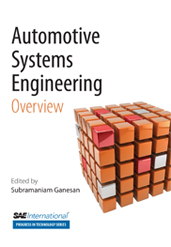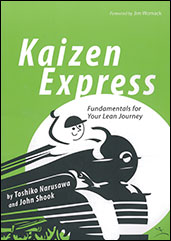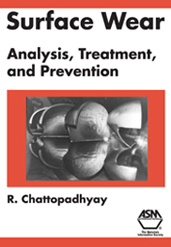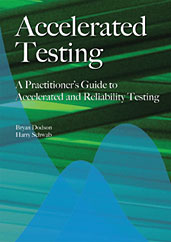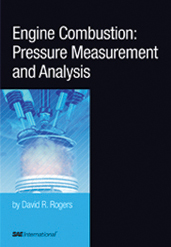Book

Beyond the Numbers: Managing the Assets of An Automobile Parts Business
2000-02-25
In this follow-up to his earlier SAE book By the Numbers: Principles of Automotive Parts Management, Naples focuses on managing the three most important assets of an automobile parts business: financial, customer, and personnel. The book also includes information critical for creating and managing a total quality organization. Beyond the Numbers offers reference material applicable to the parts supply industry and beyond, and provides a framework that parts managers and parts store owners can use to improve overall organizational performance. Naples provides specific and practical guidelines for quality management which will lead to loyal employees, loyal customers, and a better bottom line.

